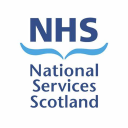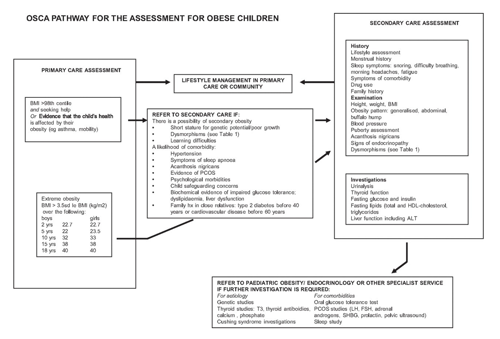Severe obesity WITHOUT developmental delay
If a child has early onset severe obesity (BMI > +3.5 SDS prior to 5th birthday) and NO global developmental delay, autism or dysmorphic features, then they are a candidate for single gene obesity panel testing.
Request form for ‘Severe Early Onset Obesity panel’ can be found here: https://www.nhstayside.scot.nhs.uk/OurServicesA-Z/Genetics/PROD_295543/index.htm
Severe obesity AND developmental delay
If there is both severe obesity AND developmental delay, autism spectrum disorder or dysmorphic features, they are not a candidate for single gene panel testing but instead should have a CGH array and Prader-Willi screening (if typical features present).
Consider also referring to clinical genetics if these tests are negative and/or there is strong clinical suspicion of a specific genetic condition.
Suspicious of Cushing’s (growth failure, striae, cushingoid, buffalo hump)
This is an extremely rare diagnosis in childhood so if you are considering this, please discuss with your local or regional paediatric endocrinologist.
Note: most severely obese children have striae, and children with Cushing’s disease do not present with striae and obesity alone.
Other rare causes to consider
Pseudohypoparathyroidism, short stature and short metacarpals.
Other co-morbidities
Consider sleep study if obstructive sleep apnoea suspected
Blood pressure monitoring if hypertensive
If symptoms suggestive of PCOS consider measurement of LH, FSH, oestradiol, testosterone, androgens, pelvic USS and discuss with endocrinology.


